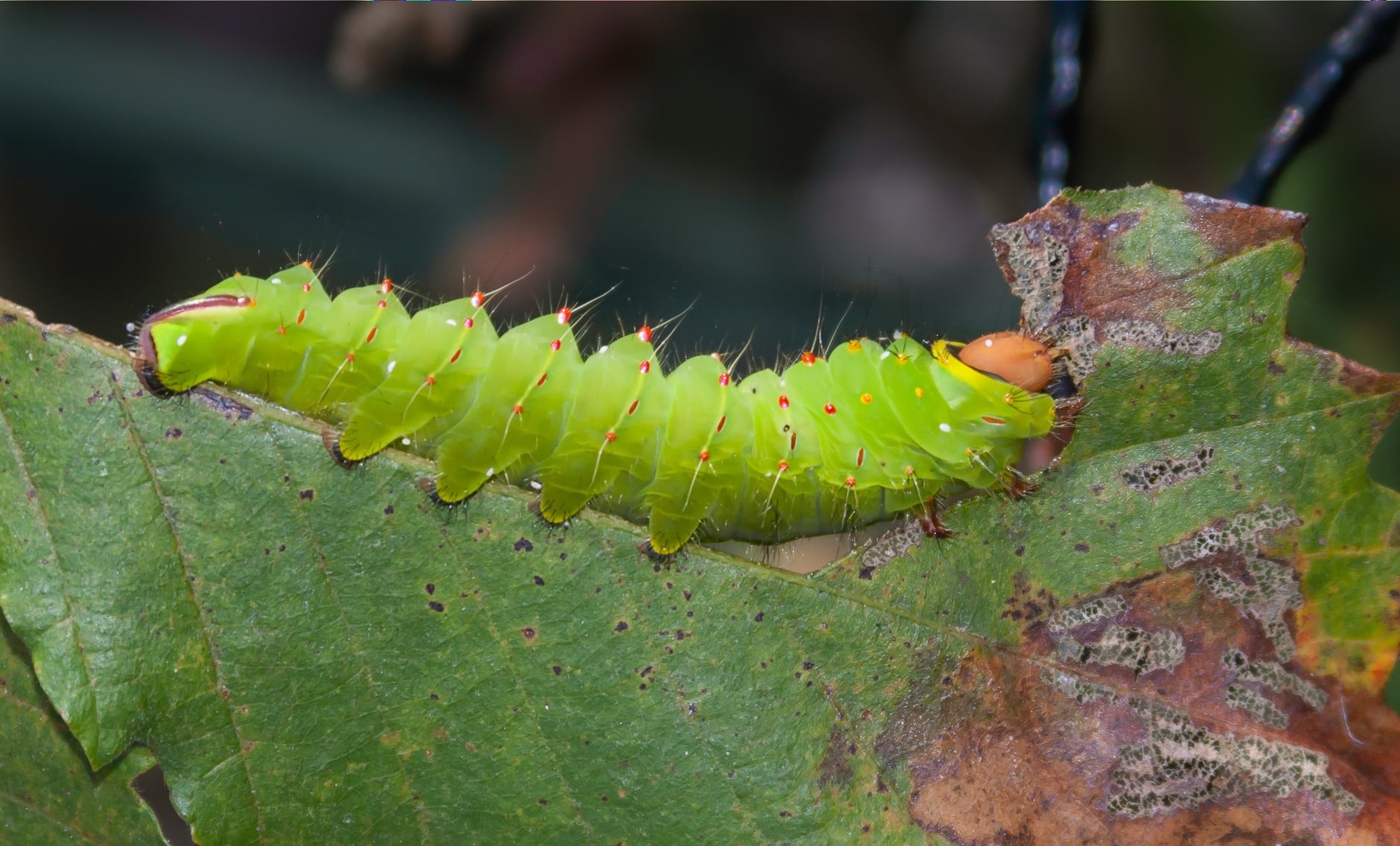It seems that conversations about the value of trees have become top of mind for many of my friends these days. It of course reminds me of The Lorax, especially about how many people see little or limited value in trees. So today, I am the Lorax and I want to speak for the trees!
Please then, think about these simple questions: What is a tree to you? What about them makes you stop and stare at them? Can you name more than one value that trees provide? It does seem that many of us do not think past more than one value for any part of nature, and then they are typically those that benefit us directly. The Once-ler saw but one use for the Truffula Trees – let’s do better!
My friend Greg Harber is partly responsible for this story as he recently shared the photo of the orchard oriole sipping nectar from the blossom of a tulip poplar tree. In addition to celebrating the confirmation of what he and other birders know, that these nectar-feeding birds do benefit from trees other than those that produce fruit. It also illustrated how some folks do not value some trees as much as others.
Oak trees, for example, are widely touted for the wildlife value of their “mast” of acorns that feed deer, squirrels, and some birds. But acorns are only part of the story. The rich diversity and numbers of caterpillars that feed on the leaves of oaks and other native species (including tulip poplar) represent the foodstuff for many nestling birds of all kinds. Native trees are the larder (of small soft-bodied insects and spiders) that many birds use to raise their young.

Research on the consumption of caterpillars by nestling Carolina chickadees (one of our smallest woodland birds) suggests that upwards of 9,000 caterpillars are consumed before a fledgling leaves its nest. The rich diversity of entomofauna on native trees also feed migrating birds in spring and fall and sustain birds in winter. But let us not forget the flowers! In many ways, birds and other wildlife are the “Thneeds” of the trees – that do not destroy them – but benefit from them – for generations. And that is just how birds benefit from trees.
I am the Lorax, please join me in celebrating the values of trees – but not by climbing out of a stump – but standing beneath our mighty trees and smiling when we see birds flitting about in their branches.
Hope to see you in our great outdoors!
Thanks to Greg Harber for the photo and inspiration. Thanks also to Sharon Milligan for the photo of the caterpillar.